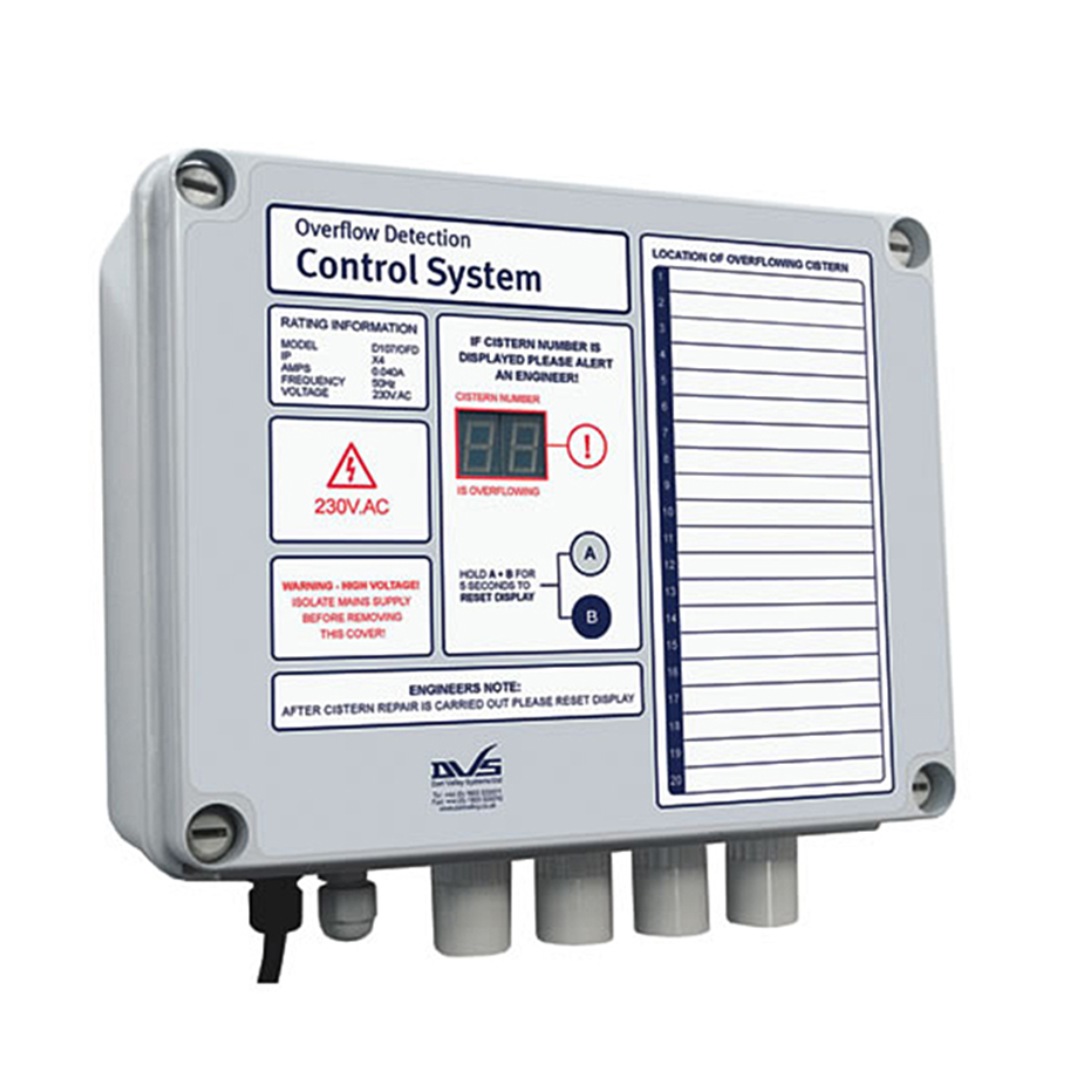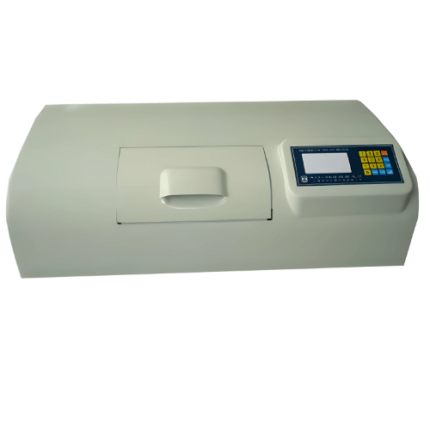Description
Overview of Overflow Detection Using BLE or RFID
Overflow detection systems using BLE (Bluetooth Low Energy) or RFID (Radio Frequency Identification) technologies offer advanced solutions for preventing and managing overflow situations in various settings.
BLE technology utilizes beacons equipped with sensors to monitor fill levels in containers or tanks. These beacons send real-time data to central systems using low-power, wireless communication. The system can be configured to trigger alerts or notifications if overflow conditions are detected, allowing for immediate corrective actions. BLE beacons are known for their long battery life and low energy consumption, making them ideal for continuous monitoring applications.
RFID systems employ tags and readers to track the status of containers. RFID tags, which can be either passive or active, are attached to containers and transmit data to RFID readers. Passive RFID tags rely on the reader’s electromagnetic field for power, while active RFID tags have their own batteries and can provide a longer range and more frequent updates. RFID systems provide real-time monitoring and alerts, integrating seamlessly with existing infrastructure to enhance overflow management.
Applications in Overflow Detection Using BLE or RFID
- Industrial Tanks
- Water Treatment Plants
- Chemical Processing
- Oil and Gas Facilities
- Agricultural Irrigation
- Pharmaceutical Manufacturing
- Food and Beverage Production
- Wastewater Management
- Logistics and Warehousing
- Fire Protection Systems
- Mining Operations
- Energy Storage
- Residential Water Systems
- Marine Applications
- HVAC Systems
- Chemical Spill Prevention
- Emergency Response
- Construction Sites
- Data Centers
- Agricultural Storage
- Beverage Dispensing Systems
- Dairy Processing
- Transportation
- Aquariums
- Solar Thermal Systems
- Brewery Operations
- Dairy Farms
- Cement Plants
- Hydroponics Systems
- Cooling Towers
- Flood Control Systems
- Ice Rink Refrigeration
- Rainwater Harvesting
- Pharmaceutical Storage
- Liquid Fertilizer Tanks
- Livestock Watering Systems
- Paint Manufacturing
- Car Wash Systems
- Lubricant Storage
- Aquaculture Systems
Technical Specifications of Overflow Detection Using BLE or RFID
BLE Beacons or RFID tags in Overflow Detection Systems
BLE beacons in overflow detection systems are designed for low power consumption, often using small batteries that last several years. They operate in the 2.4 GHz ISM band and offer a communication range of 10 to 100 meters, depending on environmental conditions. BLE beacons support data transfer rates up to 1 Mbps, providing real-time updates. They integrate with various sensors, such as pressure or ultrasonic sensors, to monitor fill levels accurately. Security is maintained through AES-128 encryption, and frequency hopping minimizes interference from other wireless devices. The compact design of BLE beacons allows for flexible installation in various types of containers and tanks.
RFID tags used in overflow detection systems can be either passive or active. Passive RFID tags operate without an internal power source, drawing energy from the reader’s signal, while active RFID tags have their own batteries and can provide a communication range of up to 100 meters. RFID systems operate across several frequency bands including LF (125-134 kHz), HF (13.56 MHz), UHF (860-960 MHz), and Microwave (2.45 GHz). Data rates range from 25 kbps to 640 kbps, with tags storing data from a few bytes to several kilobytes. RFID readers, which can be handheld, fixed, or integrated, enable real-time monitoring and data transmission. RFID tags are designed to withstand harsh environments, including exposure to chemicals and extreme temperatures, and feature security measures such as encryption and secure authentication to protect data integrity.
BLE Gateways or RFID Readers in Overflow Detection Systems
In overflow detection systems, BLE gateways act as central hubs that collect and manage data from BLE beacons deployed in the field. These gateways connect to the internet or internal networks to transmit collected data to cloud servers or local databases. BLE gateways typically operate within a range of 50 to 150 meters, depending on environmental factors and beacon placement. They support high data transfer rates and provide real-time data aggregation from multiple beacons. BLE gateways often include features such as device management, data filtering, and communication with other system components through APIs or network interfaces. They play a crucial role in ensuring seamless integration and accurate monitoring of fill levels in various applications.
RFID readers are essential for capturing data from RFID tags in overflow detection systems. These readers come in different types, including handheld, fixed, and integrated versions, each suited for various applications. Fixed RFID readers are typically installed at strategic locations to continuously monitor tags within their range, which can extend from a few centimetres to several meters, depending on the reader and tag type. Handheld readers provide flexibility for mobile data collection and can be used for on-the-spot checks. RFID readers support multiple frequency bands (LF, HF, UHF, Microwave) and data transfer rates from 25 kbps to 640 kbps. They also handle data transmission to central systems or databases, ensuring real-time monitoring and alerts. Security features such as encryption and secure authentication are often included to protect data integrity and prevent unauthorized access.
Cloud Systems
GAO Cloud BLE or RFID Systems consists of the following parts:
GAO BLE Gateways and Beacons and RFID Readers and Tags
BLE or RFID Cloud, Server, PC & Mobile
GAO Cloud Services Engine for BLE or RFID
Data Aggregation, Data Storage, Real-Time Analytics, Dashboard and Reporting, Alerts and Notifications, Security and Compliance, Integration Capabilities, Scalability and Flexibility and User Interface and Accessibility.
Integration APIs
APIs enable seamless integration between the BLE or RFID solution and existing overflow detection systems such as inventory management systems, point-of-sale (POS) systems, enterprise resource planning (ERP) systems, cloud platforms, database management systems, real-time monitoring systems, data analytics platforms, alert and notification systems, mobile applications, and IOT platforms.
Server, PC & Mobile Systems
GAO Server, PC & Mobile BLE or RFID Systems are composed of
BLE Gateways and Beacons, RFID Tags and Readers
GAO Server, PC and Mobile Software Engine for BLE & RFID
Server, PC and Mobile Servers and Infrastructure, Middleware Software, and Database Management System.
Integration with Overflow Detection Systems
APIs enable seamless integration between the BLE or RFID solution and existing overflow detection systems such as inventory management systems, point-of-sale (POS) systems, enterprise resource planning (ERP) systems, cloud platforms, database management systems, real-time monitoring systems, data analytics platforms, alert and notification systems, mobile applications, and IoT platforms.
All GAO’s RFID products are jointly offered by GAO Tek Inc. and its sister company GAO RFID Inc., ranked as a top 10 global RFID and IoT supplier. For RFID products on https://gaotek.com/, please visit RFID-BLE category, and its sub-categories: BLE Gateways, Beacons & Accs, UHF Readers, Tags & Accs, NFC & HF Readers, Tags & Accs, LF Readers, Tags & Accs, and BLE or RFID Cloud, Server, PC & Mobile.
You also are encouraged to visit gaorfid.com that offers a more comprehensive, more complete and different set of RFID products: BLE, RFID Readers, RFID Tags, Antennas & Accessories, RFID Systems, System By Feature.



